
 |
||||||||||||||
|
|
|
|
|
|
|
|
|
|
|
|
|
|
|
|
|
|
|
|
|
|
|
|
||||||||
|
|
|
||||||||||||||
|
|
 |
 |
|
||||||||||||
|
|
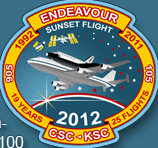 |
|
|
||||||||||||
 |
 |
 |
|
||||||||||||
 |
|
||||||||||||||
 |
|
|
|
||||||||||||
 |
|
||||||||||||||
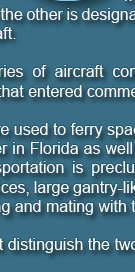 |
|
||||||||||||||
|
|
|
||||||||||||||
|
|
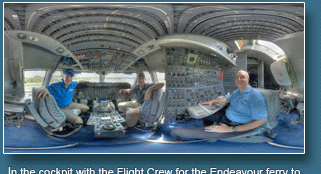 |
|
|
||||||||||||
|
|
|
||||||||||||||
 |
|
||||||||||||||
|
|
 |
 |
|
||||||||||||
|
|
|
||||||||||||||
|
|
|
||||||||||||||
 |
|
||||||||||||||
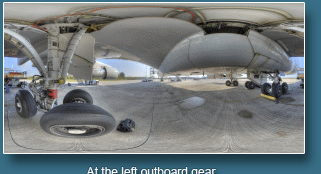 |
|
||||||||||||||
|
|
|
||||||||||||||
|
|
|
||||||||||||||
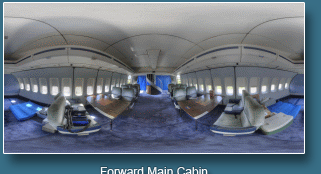 |
|
||||||||||||||
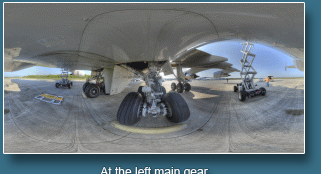 |
|
||||||||||||||
|
|
|
||||||||||||||
|
|
|
||||||||||||||
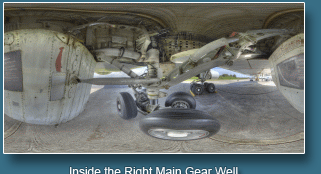 |
|
||||||||||||||
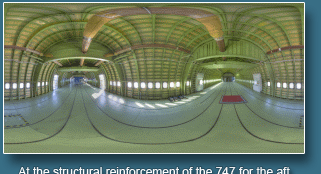 |
|
||||||||||||||
|
|
|
||||||||||||||
|
|
|
||||||||||||||
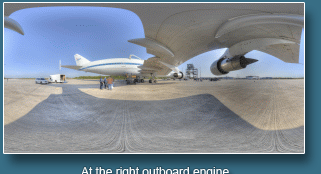 |
|
||||||||||||||
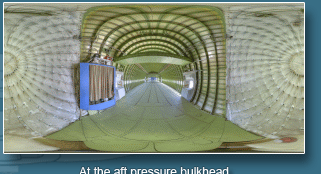 |
|
||||||||||||||
|
|
|
||||||||||||||
|
|
|
||||||||||||||
|
|
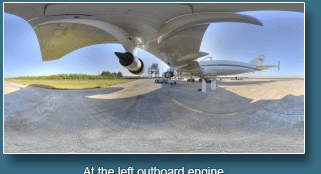 |
 |
|
||||||||||||
 |
|
||||||||||||||
|
|
|
||||||||||||||
 |
|
||||||||||||||
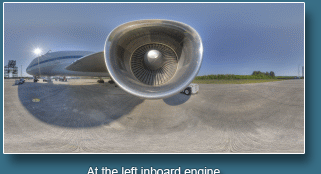 |
|
||||||||||||||
|
|
|
||||||||||||||
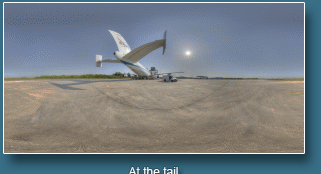 |
|
|
|||||||||||||
|
|
|
||||||||||||||
 |
|
||||||||||||||
 |
|
||||||||||||||
|
|
|
|
|
|
|
|
|
|
|
|
|
|
|
|
|

NASA has two modified Boeing 747 jetliners, originally manufactured for commercial use, that are used as Space Shuttle Carrier Aircraft. One is a 747-100 model, while the other is designated a 747-100SR (short range). The two are identical in appearance and in their performance as Shuttle Carrier Aircraft. The 747 series of aircraft consists of four-engine intercontinental-range, swept-wing �jumbo jets� that entered commercial service in 1969. The SCAs are used to ferry space shuttle orbiters from landing sites back to the Kennedy Space Center in Florida as well as to and from other locations so distant that delivery by ground transportation is precluded. The orbiters are placed atop the SCAs in Mate-Demate Devices, large gantry-like structures that hoist the orbiters off the ground for post-flight servicing and mating with the SCAs for ferry flights. Features that distinguish the two SCAs from standard 747 jetliners include: � Three struts with associated interior structural strengthening that protrude from the top of the fuselage (two aft, one forward), to which the orbiter is attached. � Two additional vertical stabilizers, one on each end of the standard horizontal stabilizer, that enhance directional stability. � Removal of all interior furnishings and equipment aft of the forward No. 1 doors. � Instrumentation used by SCA flight crews and engineers to monitor orbiter electrical loads during the ferry flights and during pre- and post-ferry flight operations. The two SCAs are under the operational control of Johnson Space Center, Houston, and are based at the Dryden Flight Research Center Edwards, Calif., due to arid weather conditions. NASA 905 NASA 905 was the agency�s first SCA. It was obtained from American Airlines in 1974. Shortly after acceptance by NASA, it was flown in a series of wake vortex research flights at Dryden Flight Research Center in a study to seek ways of reducing turbulence produced by large aircraft. Pilots flying as many as several miles behind large aircraft have encountered wake turbulence that creates control problems. The NASA study helped the Federal Aviation Administration modify flight procedures for commercial aircraft during airport approaches and departures. Following the wake vortex studies, Boeing modified NASA 905 into its present SCA configuration and the aircraft was returned to Dryden for its role in the 1977 Space Shuttle Approach and Landing Tests. This series of eight captive and five free flights with orbiter prototype Enterprise, in addition to ground taxi tests, validated the aircraft�s performance as a SCA, in addition to verifying glide and landing characteristics of the orbiter configuration � paving the way for orbital flights. A flight-crew escape system, consisting of an exit tunnel extending from the flight deck to a hatch in the bottom of the fuselage, was installed during modifications. The system also included a pyrotechnic component that activated the hatch release and cabin window release mechanisms. The flight-crew escape system was removed from NASA 905 following the successful completion of the ALT program. NASA 905 was the only SCA used in the space shuttle program until November 1990, when NASA 911 was delivered for use as a second SCA. Along with ferrying Enterprise and the flight-rated orbiters between launch and landing sites and other locations, NASA 905 also ferried Enterprise to Europe for display in England and at the Paris Air Show. SCA Descriptions Dimensions Wingspan: 195 ft., 8 in. Length: 231 ft., 10 in. Height: Top of vertical stabilizer, 63 ft., 5 in.; to top of cockpit area, 32 ft., 1 in. Basic weight NASA 905: 318,053 lbs NASA 911: 323,034 lbs Maximum gross taxi weight: 713,000 lbs Maximum gross brake release weight: 710,000 lbs Maximum gross landing weight: 600,000 lbs Engines Four Pratt and Whitney JT9D-7J gas turbine engines, each producing 50,000 lbs of thrust Performance Airspeed limits with, and without, orbiter: 250 knots, or Mach 0.6 Altitude: Typical cruise with orbiter, 13,000 to 15,000 ft; typical cruise unmated, 24,000 to 26,000 ft. Minimum temperature at altitude 15 degrees F (-9 degrees C) Range: Typical mated, 1,000 nautical miles (with reserves); maximum unmated, 5,500 nautical miles Fuel Capacity: 47,210 gallons (36,307 lbs) jet fuel Crew: Minimum for flight is two pilots and one flight engineer. Minimum for mated flight is two pilots and two flight engineers.